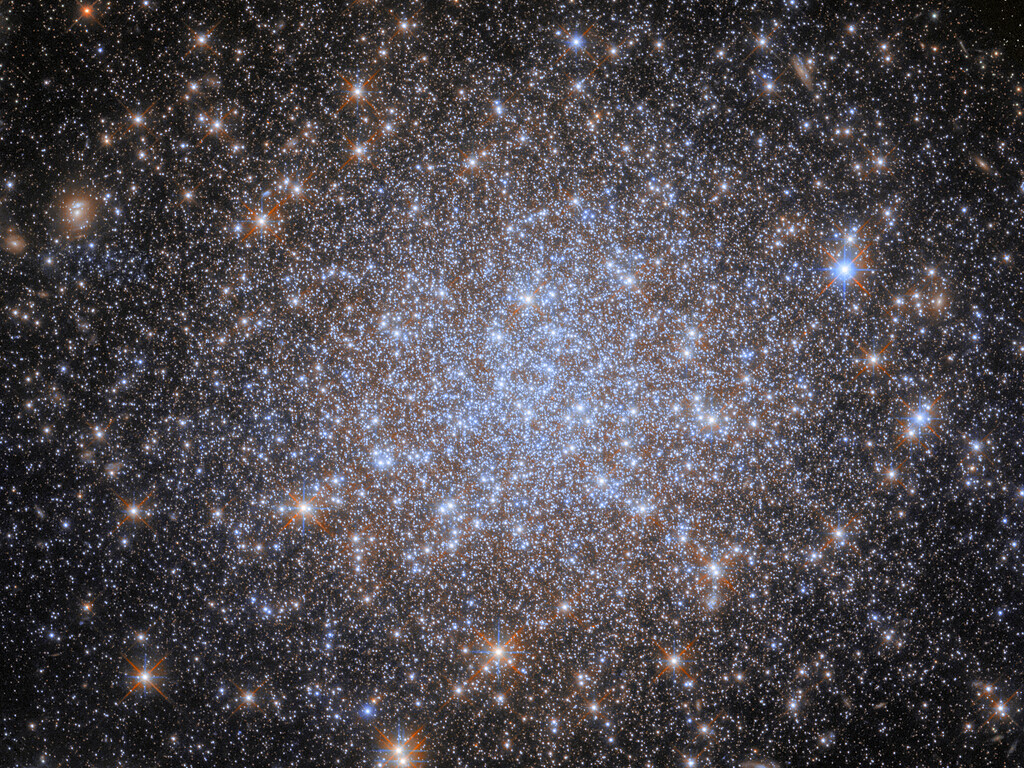Hubble telescope captures a cosmic gem tucked 162,000 light-years away

This latest image from the NASA/ESA Hubble Space Telescope shows globular cluster NGC 1841 - a celestial gem that lies about 162,000 light-years away. The cluster is part of the Large Magellanic Cloud (LMC) - a satellite galaxy of our Milky Way.
The Milky Way is surrounded by dozens of satellite galaxies and they are all significantly closer than the Andromeda galaxy. The largest and brightest of these is the LMC, which is easily visible to the unaided eye from the southern hemisphere under dark sky conditions away from light pollution. The LMC is home to many globular clusters.
Astronomical archaeology! 🔍Sparkling in this #HubbleFriday image, the globular star cluster NGC 1841 is like a celestial fossil.These clusters contain large populations of old stars, giving clues about early star formation in galaxies: https://t.co/2hrkGxGeP3 pic.twitter.com/pNkdAqnSyH
— Hubble (@NASAHubble) March 1, 2024
Globular clusters are stable, tightly gravitationally bound clusters of tens of thousands to millions of stars. They are present in all types of galaxies, and within the Milky Way, they are found in the halo and the bulge. Globular clusters like NGC 1841 serve as windows into the early universe, offering insights into the formation and evolution of stars and galaxies.
"Globular clusters are akin to celestial ‘fossils.’ Just as fossils provide insight into the early development of life on Earth, globular clusters such as NGC 1841 can provide insights into very early star formation in galaxies," NASA wrote in a post.
With ground-based telescopes, it is nearly impossible to distinguish the stars in globular clusters from one another. The NASA/ESA Hubble Space Telescope has revolutionised the study of globular clusters, thanks to its razor-sharp vision. Its unique vantage point above the Earth's atmosphere allows it to capture images of space with clarity and detail that are unachievable from the ground.
- READ MORE ON:
- NGC 1841
- globular cluster
- Hubble Space Telescope
- Milky Way










